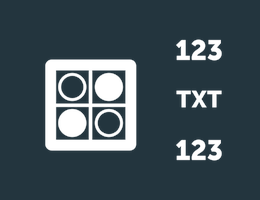Sending Request...
Sending Request...
The script receives 9 arguments:
evaluation: User evaluation to inspect
class-name: Name of the positive class, or the class to inspect
cost-FP: False positive cost
cost-FN: False negative cost
cost-TP: True positive cost
cost-TN: True negative cost
benefit-TP: True positive benefit
perc-retention: Percentage (0-1) of retention in TPs
dataset-name: Name of the resources (Source inline and Dataset)
And returns as output a dataset-id which header is: "Threshold,TP,FP,TN,FN,Cost_Fx,Cost_Benefits"
Given a dataset, encodes categorical fields using ordinal encoding, which uses a single column of integers to represent field classes (levels). It then creates a new dataset, with additional fields containing ordinal encodings of the categorical fields.
If classes have a known order (such as Like, Somewhat Like, Neutral, Somewhat Dislike, and Dislike), the integer mapping can be supplied; otherwise, integers are assigned by class count, in descending order (in the case of ties, classes are ordered alphabetically).
For more information, please see the readme.
Extends a dataset with the distance in meters between lat/long fields and a reference point.


